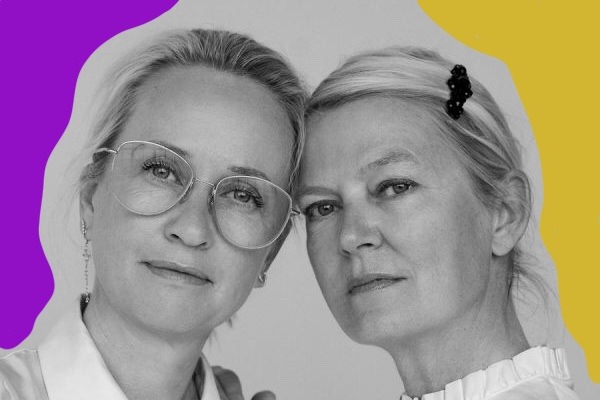
Designers Helle and Rikke of Baum und Pferdgarten are a formidable duo. Single-handedly responsible for revolutionising the fashion scene of Copenhagen, Helle and Rikke have been churning out covetable pieces in beautiful fabrics, memorable prints and bold colours since 1999. A chance meeting at the Royal Danish Design School led to the launch of Baum und Pferdgarten, a playful twist on their names and synonymous over the years with creating pieces for women who like to tell their own story. The two speak to AISPI about their many hits (and the occasional miss) over the years and what they predict to be the future of fashion.
Hi Helle and Rikke, let’s start our interview by hearing a little bit about you both.
We met at the Royal Danish Design School and started working together very early on. We have very different approaches to design and very different references. Rikke was at that point very inspired by opulent and dramatic designers like Vivienne Westwood – whereas Helle was much more influences by the androgynous and minimal designs from Japan. From the very beginning we both had a feeling that we could learn so much from each-other and that we both got better from working together. At the same time we also realised that we were often the two students who were spending most time at the school during those late evenings – so we both had the same passion and drive towards perfection.
Okay, so what drew you both towards fashion?
In a way, it was the only thing we wanted to do. We have often been asked what we would be doing if we couldn’t work as designers – and we both end up finding an alternative design approach like doing ceramics or doing tapestries…We both find a great satisfaction in contributing to a more aesthetic world.
And how did you two meet and decide to start a brand?
After graduating, we had no doubt that we wanted to continue our partnership. At that point in time in Danish fashion you really only had two choices as a new designer; either you joined one of the huge commercial players and did your tiny part in a big machinery… like designing zippers 24/7 – or you could found your own brand and start completely from scratch doing everything yourself. We had no doubt we had to do the second. Already in school we had a store with a handful of the other students called haute couture ganz modern, so we had this funny fascination for plat-German which we kept going when we decided on our impossible brand name.
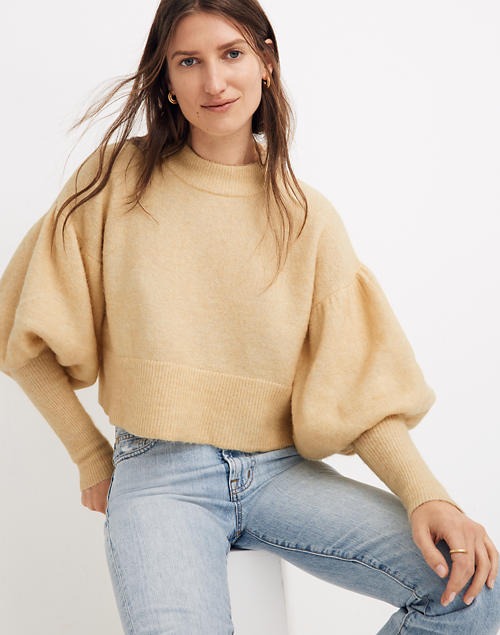
Baum und Pferdgarten does pieces that have a lot of colour and pattern – how and why did you decide to focus on that?
Both of us really believe in print and colour. All our heroes are great at mastering both; we tend to look at Dries van Noten, Prada, Marni and so on. Now it has also gotten to a point where it is such an important part of our brand DNA that we have to deliver print and colour in every single collection; our buyers and end-consumers expect it from us. Even if we one season would feel like only doing navy, cream and camel that would actually not be possible anymore. Luckily, we still approach design in two very different ways and keeps on being a source of inspiration where we constantly push and challenge each other.
Tell us something about your early days of starting a fashion business, we’re sure you have an interesting story or two there.
In the beginning it was only the two of us doing everything; designing, looking into production, selling and so on. Our very first season, we remember how we were pricing the collection in a way that seamed super natural at the time, but looking back it was not very professional… Basically, we looked at every single piece and discussed how much we would want to pay if we bought the piece in a store and how much we could expect from an ordinary end consumer to actually pay. As a result, we ended up pricing everything much too cheap and basically lose money on certain styles in the collection.
Obviously, things have evolved on so many levels since then – and one of the first important changes was getting our amazing sales agent in Paris. His name was Romeo and he got us into really amazing stores in New York, Tokyo and Paris from the very first season. It turned out to be both a blessing and a curse, because all of a sudden, our tiny company had to deliver and secure production to these giants. Another milestone was getting the first employee. Slowly it became serious and we now have a responsibility towards a much bigger team.
How did you start building out your internal team and suppliers/manufacturers? What do you think young brands today need to keep in mind when it comes to these areas?
Romeo was the first international addition to the team. Now we have a team of around 40 people around us here in Copenhagen including people from Denmark, Norway, Sweden, the Netherlands, UK and Ireland. On top of that we have employees or partners in 10 other countries including US and Japan. So obviously, we run the business in a completely different manner now. Our suppliers and manufacturers are based all over Europe and in China. Many of them we’ve been working with for 15 or 20 years – so we are at a point where we really trust and help each other. Of course, our biggest focus is now on sustainability and we need the support from the entire team and all of our partners to move towards a more responsible supply chain. It is on every level; how do we design and product develop in a responsible manner? How do we produce and distribute with this agenda in mind? How do we sell and run our business so we constantly improve in these areas?
Our biggest focus is now on sustainability and we need the support from the entire team and all of our partners to move towards a more responsible supply chain. It is on every level; how do we design and product develop in a responsible manner? How do we produce and distribute with this agenda in mind? How do we sell and run our business so we constantly improve in these areas?
Helle and Rikke
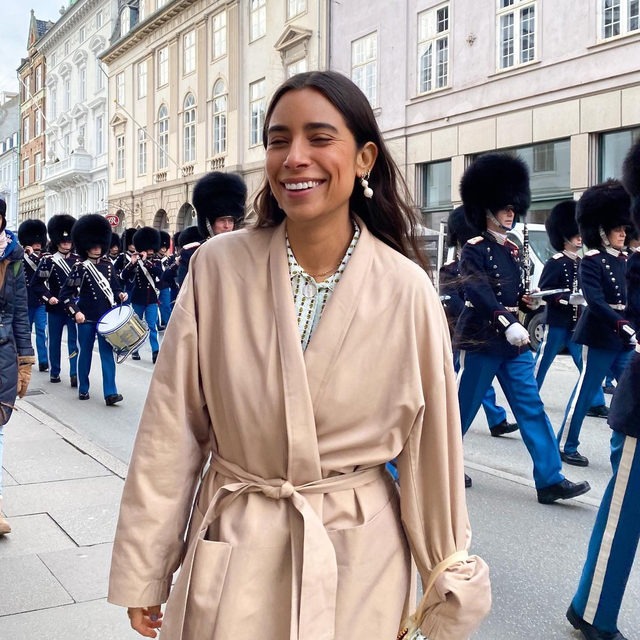
How would you say you both inform the creative process as individuals? Do you prefer to work individually or with a more collaborative approach with each other?
It is actually very difficult for us to put into a formula. It just happens in a very organic manner where the individual pieces shift back and forth between us. We share a big desk and sit in front of each other. Sometimes one of us start with a design – then the other one adjusts it… and that is how we keep going until we are both satisfied. That happens to each individual piece and to the collection as a whole. It is a very organic and intuitive process.
What would you say has been a defining moment for you both, personally and professionally?
We both have children and obviously it has been a huge change for both of us to have that kind of responsibility towards another human being. All of a sudden you have to prioritise the needs of somebody else before your own needs or desires. In a way it has been the same with running the business; we really felt a change in our approach when we realised that now there is a team and it is our responsibility to create a company where they can thrive and flourish. At the end of the day, it is also our responsibility to make sure that we run a successful business and everybody gets their salary every month.
Let’s talk about the fashion community of Copenhagen. How far do you think it has come and how do you see it growing in the future? Do you have any favourite brands/artists from the city?
We have really enjoyed being part of the development over the last two decades. We have already talked about how the fashion scene was in Copenhagen when we started our brand. But now it is completely different – much more interesting and much more diverse. We have really great menswear designers and everything from emerging new talents ranging over medium sized design brands like our own to the bigger players. We are really happy to see how the Danish fashion community has succeeded in working together to create a platform that works for all of us and the last couple of years it has even become a Scandinavian platform where more and more designers from Norway, Sweden, Finland and even Germany come together.
We have huge respect for a designer like Mark Kenly Domino Tan and have been following him closely from day one. He is very true to his DNA and doesn’t compromise on his creative vision. Obviously, everything has changed radically for all of us within the last couple of months with the global health crisis which is more than likely to also become a financial crisis… so right now it is difficult to predict how the Copenhagen fashion scene will change. But we will of course all have to adapt and change with the times.
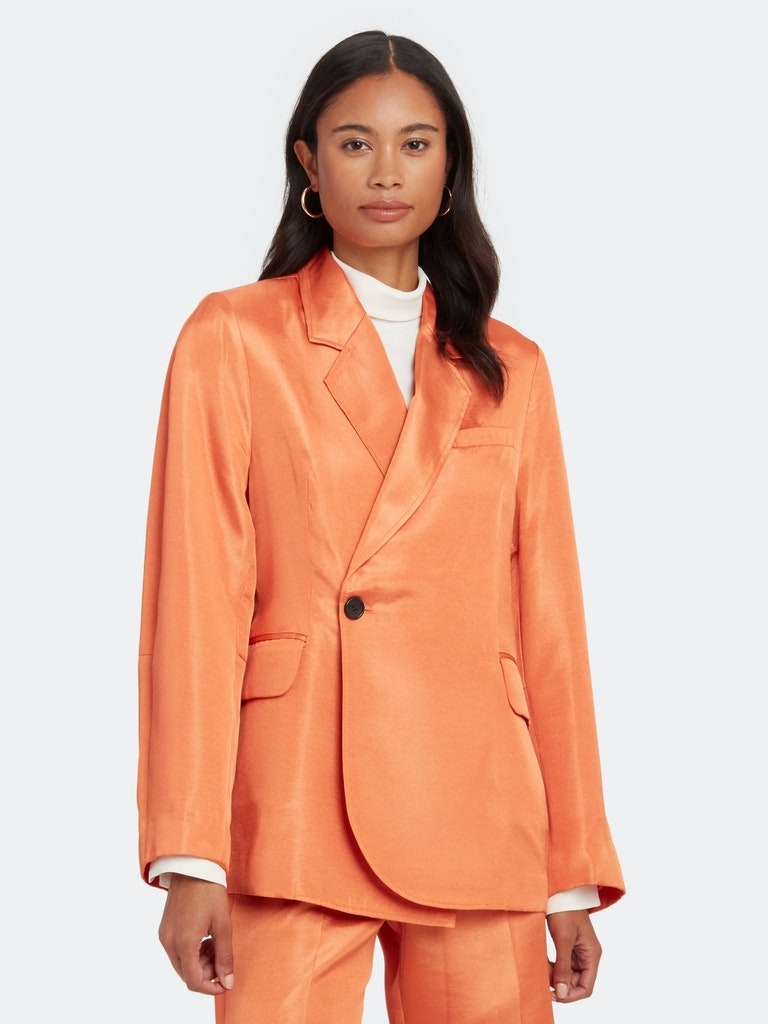
How do you work to remain ahead of the curve with the intense competition in the industry? With digitisation, anyone with a phone can now start a business – how do you ensure you differentiate yourself from your competitors?
Our main focus in on the product and then we rely on our board and the amazing team to be on top of how to develop distribution, branding and communication. Of course we have an opinion about most things but we are also very well aware that our team members are often better qualified at these things than we are. For the product it is the other way around; we value their input but trust our own intuition at the end of the day. For a brand like Baum und Pferdgarten, the collections and the product is the main message that needs to be relevant and then we are of course trying our very best to communicate and engage with our consumers in a relevant manner.
What major factors have contributed to your growth?
Hard work and determination.
What do you think about the concept of fashion shows and how do you think it has changed? With COVID-19, what do you think we’ll see more of in the future with regards to fashion shows?
As we imagine, there will be an immediate response followed by a more long-lasting permanent change… nobody can predict either but of course we are trying our best to stay updated and follow the trends. We have no doubt that the current situation will lead to new consumer behavior and that certain things will no longer be accepted as ‘politically correct’. We imagine many more digital solutions will be implemented and headless travelling around the world will come to an end. But at the same time we see these new digital solutions as a supplement to traditional shows and face-to-face meetings, not as a complete replacement. The human meeting or personal experience will never become completely replaceable.

How do you think COVID-19 has impacted you as a brand? Do you think there are any positives to this situation?
There is now doubt that on a short term we will suffer financially. Just imagine all the physical retailers that have been forced to close down. Of course they will take a hit and that will also affect our business. The world is likely to change and at this point in time, we feel like it is a bit too early to jump to any conclusions but we are trying our best to adjust as we go along whilst also keeping a strategical long term vision in mind. Right now, it is easier to see the negative impact but there’s no doubt that something positive can also come from the current situation in the long run. Hopefully, our industry as a whole will move more and more towards designing beautiful and seasonless products with consideration for the environment.
Work hard, don’t compromise on your creative vision and listen to people who know better than you.
Helle and Rikke
Tell us a little bit about your digital presence – how are you using it to connect with your audiences in this time?
This is really not our area of expertise and luckily we have people working in our team who manage this. But we are all very much aware that the women buying our product all feel a strong connection with the brand and what we refer to as the #BaumFamily. We are trying our utmost to use social media to enforce the feeling of being a strong community. Obviously, the brand and our products are the centre of attention but we are also well aware that the members of our community are intelligent people with interests beyond fashion. They deeply care for the environment and the planet as well as women’s rights issues but also about other things like art, literature, cinematography and design. All of this is luckily already embedded into our organisation and the collections so the challenge is to convey the message in an engaging and honest manner. We mainly do this through social media but also inform our community on our website and in our newsletters.
Where do you see the future of the global fashion industry taking into consideration where we are right now? What do you think will change for you both personally and as a brand?
We really hope that mass consumption will come to an end and that companies that base their business on over production will be forced to change their strategies. At the end of the day, it is all up to the end consumer… if we all just look for cheap products with no integrity nothing will change, but we strongly feel that there is a shift towards responsible products with integrity that can last for many years with the consumer. Our ambition is to continue down the path we are already on and make sure our collections get more and more responsible.
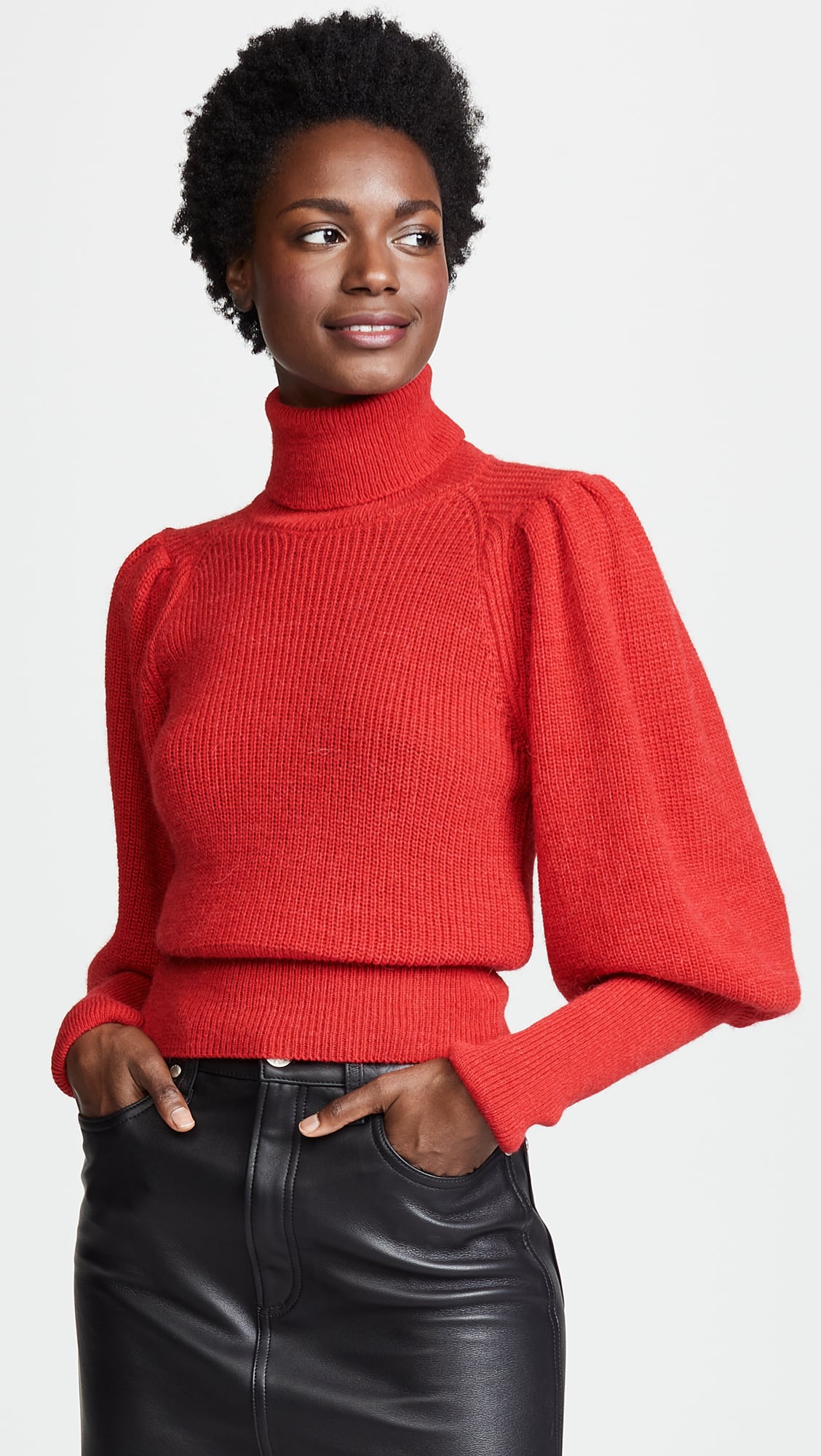
What advice would you have for young designers – top 3 tips to remember when you are a newcomer in the industry?
Work hard, don’t compromise on your creative vision and listen to people who know better than you.
Lastly, we would love to hear you thoughts on AISPI. How do you think platforms like ours can work with brands like yours to create a positive impact on the fashion industry in today’s times?
We really see a huge relevance for a platform like AISPI where fashion is not just about consumerism but where you engage and inform your audience. As a brand, we are very keen on these digital platforms for connecting with our community and telling our story in a different manner.
– Written by Soha Joshi
Stay tuned to the AiSPi blog as we bring to you more from the local fashion community of Europe and follow us on Instagram for the latest from the fashion industry in Europe and beyond.

